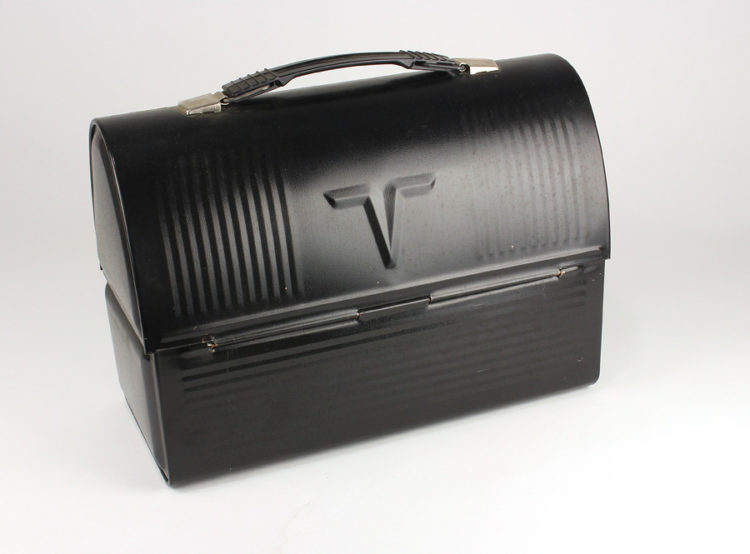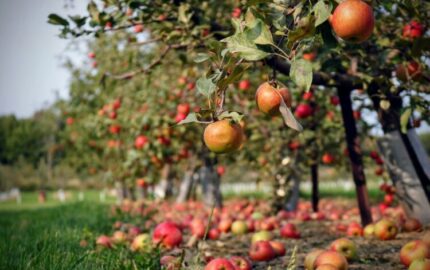Writing, at its best, is a visual art. It makes readers see. It paints scenes and action and characters in their minds. Brain science studies indicate that people actually hear when they read, which means those old editor scolds to "make it sing" deserve to be honored.
But how do we do that with the abstract form that is writing? Words on a page or screen are just, after all, marks — meaningless except that we've turned them into words that represent objects. Even then, they take shape only if we know the language of the original marks.
One way is to report and write using all the senses: sight, sound, touch, taste and smell. (I like to add a sixth: perception or emotional intelligence.) Most journalists are well tuned to sound. Radio reporters pursue ambient sounds that put listeners in a scene or mood. Print reporters (and digital is, in most ways, print) listen hard to the answers to their questions. The best of both master the art of observational reporting, which allows them to render descriptions with energy, precision and relevance.
But that leaves out three physical senses: Touch, taste and smell. If you're a food reporter, sure. But for most journalists, those three aren't in the toolbox. That's a shame, because those senses can bring so much more intimacy to our work.
Each offers its own utility and magic, but let's, for now, take a moment with smell. Again, some brain science: Smell is often the sense most closely associated to memory and emotion. Want to know what it's like for a mother to lose a child, or a wife her husband? Ask what the baby smelled like after a bath, or the husband's shirt hanging limp in a closet.
Fiction excels at using the senses as a reporting and writing tool. Journalism can, too. Even if you don't write the senses into a piece, reporting with them in mind can help you pay more acute attention to the world and ask better questions.
The senses also offer great metaphorical moments — the kind that gives an individual situation more universal resonance. Think about the smells of school on the first day of the year, or Christmas services at your church. Think about the food you absolutely can't abide and how the smell of it brings you back to a moment. (Mine: Pea soup when I was horribly sick as a 6-year-old.)
I was reminded of all this when I came across a page fairly early in the hard but stunning book "Shuggie Bain" by Douglas Stuart, winner of the 2020 Booker Prize. It's set in poverty ravaged Glasglow in the early 1980s, when a lothario walks out on his severely alcoholic wife, leaving her three children to care for themselves and her. In this scene, the husband is in his cab for an overnight shift, roiling with restless and rage.
Maybe he would feel better if he ate something. He fished around under his seat for his plastic piece box. It smelled like margarine and white bread, like marriage and cramped flats. The corned beef pieces Agnes had packed turned his stomach. He dumped them into the gutter and cut up several side streets till he pulled up in front of DiRollo's chippy, open twenty-four hours, bog-standard. DiRollo's was popular with both cabbies and prostitutes because of the unsociable hours and the discretion of its owner. There was big red lobster painted on the sign but nothing as exotic on offer inside.
That third sentence: It smelled like margarine and white bread, like marriage and cramped flats.
I instantly remembered being a child, packing or unpacking my father's metal lunch box, which always smelled like bologna and Miracle Whip and overripe bananas no matter how hard it was scrubbed out. Maybe your memory of your father's working lunches are of steak and martinis. The specifics matter little; it's the connection that is shared.
And then Stuart adds the twist: Not just the smell of food (margarine and white bread) but of a boxed life: marriage and cramped flats. In that one phrase he contains the entirety of his character and the reality he is desperate to escape.



